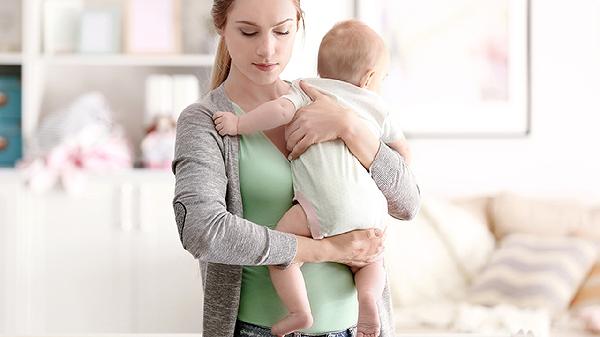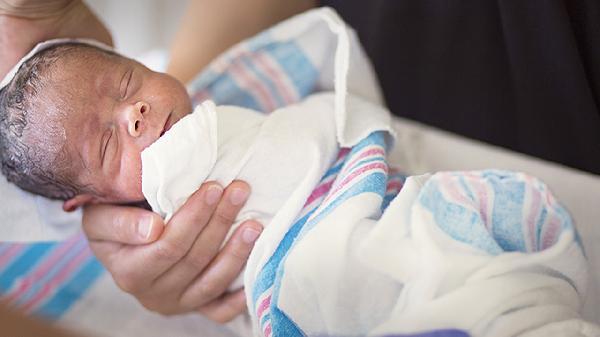When babies cry incessantly, many parents feel a headache or even quite impatient. In fact, a baby's cry can signify different meanings. Let's take a look at what these cries mean!

● Physiological Crying
1. Hunger
When a baby is hungry, the crying is rhythmic, not urgent, and accompanied by sucking motions. It usually starts with soft whimpers, gradually gets louder, and finally turns into loud crying.
★ When the baby shows these symptoms, pick the baby up and continuously soothe them. Then, feed the baby promptly, often while soothing and perhaps humming a gentle song.
2. Bowel Movement
When a baby has a bowel movement, they may feel discomfort, typically indicated by soft crying, furrowed brows, body squirming, and kicking. Their face may turn red when they exert effort.
★ When a baby cries with these symptoms, check if they have soiled their diaper. Clean the baby's bottom to alleviate the discomfort and stop the crying.
3. Sleepiness
When a baby is sleepy, their crying shows impatience, often accompanied by frequent yawning and eye-rubbing.
★ When a baby cries due to sleepiness, hold them to soothe. Then, start rocking them to sleep and place them in bed, covering them with a blanket.
4. Too Cold
A baby may cry when cold, curling up their body with slightly purplish lips. Additionally, their hands and feet may feel cold.
★ When a baby cries with these symptoms, it's a signal to add more layers of clothing to keep the baby warm.
5. Too Hot
When a baby is too hot, their crying is louder, with beads of sweat on their forehead, a red face, and constant limb movement.
★ If a baby shows these symptoms, check if their neck and back are sweaty. If so, they may be overdressed. Reduce the clothing and ensure the room temperature is comfortable.
● Psychological Needs
1. Need for Companionship
Sometimes, a baby cries incessantly because they need psychological comfort. If the baby makes cooing sounds and looks around, they may need the mother's comfort and companionship.
★ When the baby shows these symptoms, talk to them, communicate, and interact. You can also pick up the baby and gently soothe them.
























